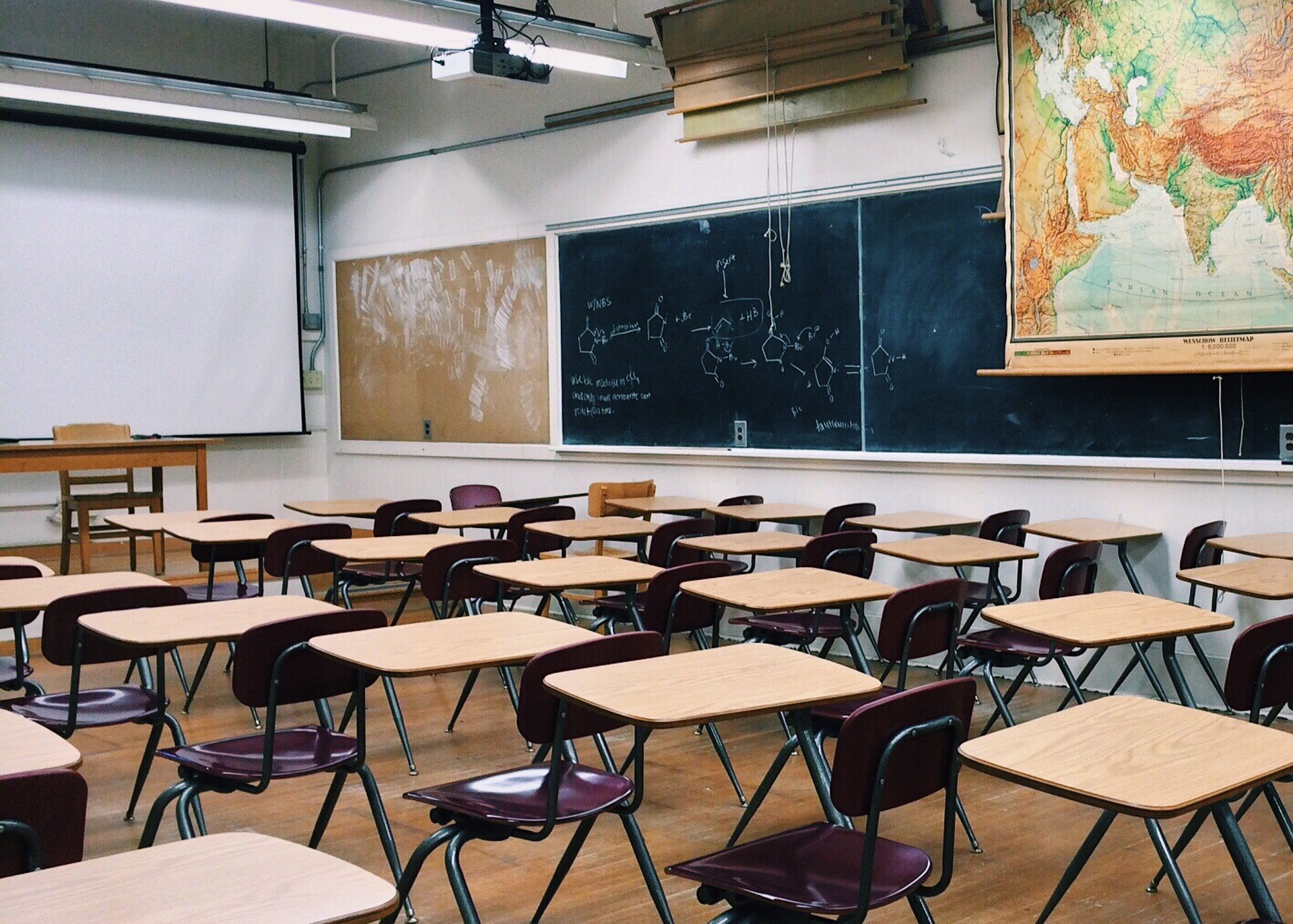
In every school, there are teachers who very effectively manage students. At first, it was thought that those teachers had some big bag of tricks that other teachers didn’t have, which helped them to know just what to do in various situations. What the research is telling us is that effective classroom managers spend an inordinate amount of their time during the first few days and weeks of school establishing their expectations and procedures, in other words, their rituals.
They teach all students the specific behaviors expected of them in any classroom situation. These situations include when and how to enter and leave the class, when to talk and how loudly, how to give you their undivided attention when you need it, when and how to distribute papers and how to turn in homework, what to do when absent from school, how to move around the classroom when warranted, and how to return to their seats when an activity is over.
Effective classroom managers anticipate every part of the school day and determine a specific plan to help students successfully navigate through each part. They then teach these rituals to their students in much the same way they teach their content. Students practice, practice, practice until they follow the rituals habitually and to the satisfaction of the teacher. Effective teachers provide feedback after each practice and celebrate when students get it right. They then spend more time thanking those students who are appropriately practicing the rituals than reprimanding those students who are not.
What the Research Says
Routines, or rituals, enable the classroom to function smoothly because they provide students with a sense of security over their classroom time and students know exactly what to expect (Pinto, 2013).
Teachers should introduce predictable routines that can drive their classroom activities (Allen & Currie, 2012).
The prefrontal cortex of the brain and its working or short-term memory is freed to do higher-level thinking when routines and procedures are used (Sprenger, 2008).
Make It Happen
- During the first few days of school, have students participate in determining the rituals and rules of your classroom. Students will be more likely to support procedures and rules that they helped create. Teachers have shared with me that the rules students generate are often stricter than the ones that the teacher intended.
- Teach students sign language so that you can communicate with them by signing your procedures. For example, when you need students to listen, make the sign for listen and have students sign back to you. When you need them to stop what they are doing, make that sign as well. What a pleasure to have students complying with your requests without saying a word!
For more examples of how to use rituals to improve classroom behavior, consult the 2nd edition of my best-selling book, Shouting Won’t Grow Dendrites.